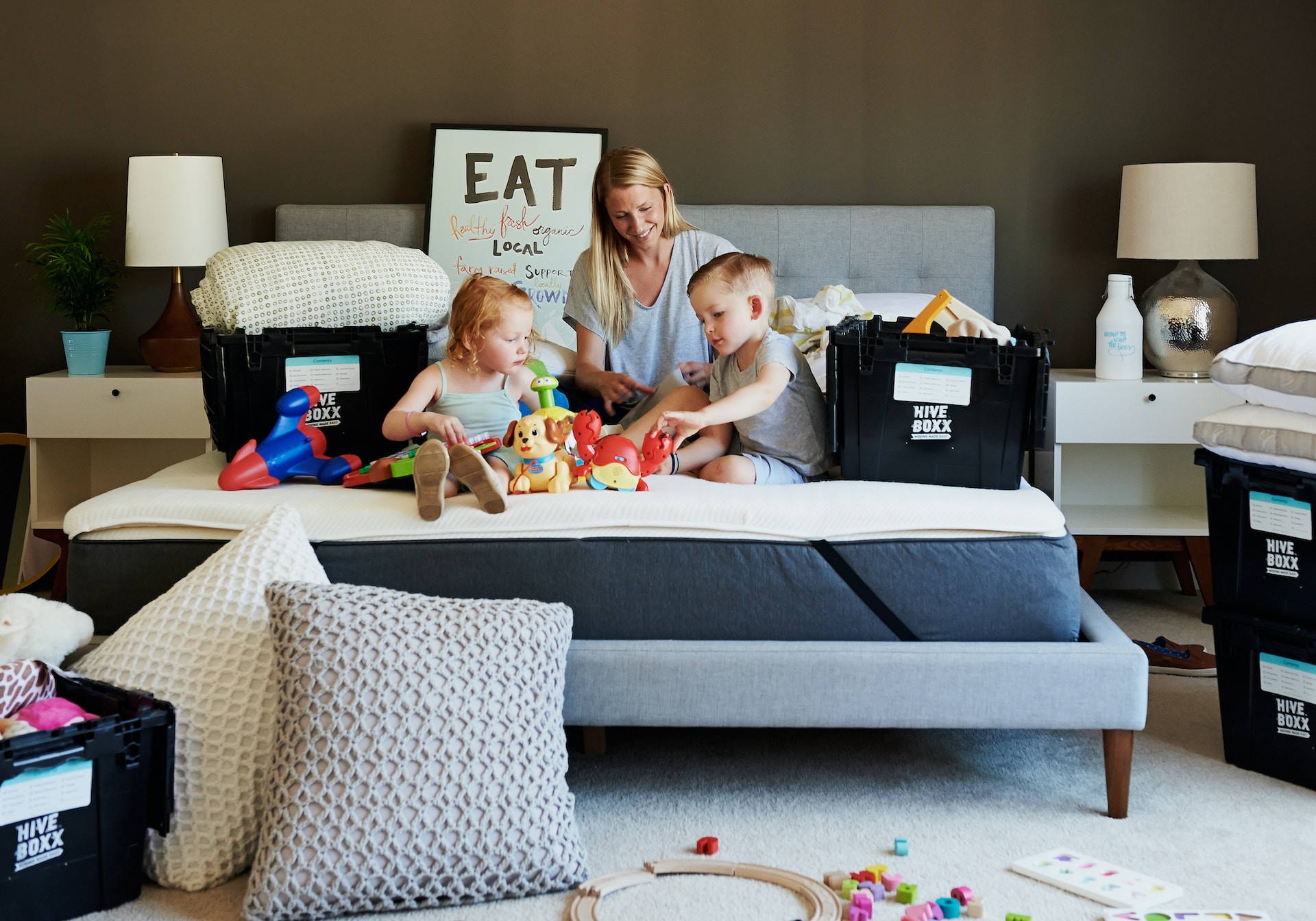Moving into a smaller house can be a significant life change, often driven by various factors such as financial adjustments, lifestyle choices, or simply a desire to simplify and minimize. While this transition may initially seem daunting, it also presents an opportunity to reassess priorities and cultivate a more intentional living space. By approaching the process with careful planning and strategic decision-making, you can turn what might seem like a challenge into a rewarding experience that enhances your quality of life.
Assess Your Needs and Space
Before you begin packing, take the time to thoroughly assess your new living space and your actual needs. Measure each room and doorway to ensure that your existing furniture fits comfortably without overcrowding. Consider the layout and functionality of each area—what activities will take place in each room, and how can you optimize space for maximum efficiency? This initial step sets the stage for effective downsizing by providing a clear understanding of what items are essential and what can be repurposed, donated, or discarded.
Maximize Storage Solutions
Efficient storage solutions are essential for making the most of limited space in a smaller home. Invest in multifunctional furniture pieces such as platform beds with built-in drawers, ottomans that double as storage bins, or coffee tables with hidden compartments. Vertical space can also be utilized effectively with wall-mounted shelves, floating cabinets, or hanging organizers. By keeping surfaces clear and utilizing every available inch of space, you can create a sense of openness and organization that enhances the overall functionality of your new home.
Streamline Your Furniture
Downsizing often requires rethinking your furniture choices to match the scale and layout of your new home. Consider selling or donating oversized or redundant pieces that no longer serve a practical purpose in your downsized environment. Opt for furniture that is versatile and serves multiple functions, such as sleeper sofas or dining tables with collapsible leaves. By prioritizing quality over quantity and choosing pieces that maximize both comfort and functionality, you can create a cohesive and harmonious living space that feels spacious and inviting.
Declutter Methodically
Decluttering is a critical step in preparing for a move to a smaller home. Rather than tackling the entire house at once, focus on one room or category of belongings at a time. Start with less sentimental items like kitchen gadgets or clothing, and gradually work your way towards more emotionally charged items such as family heirlooms or personal mementos. Use practical strategies such as finding reliable mobile skip bin hire solutions or opting for the four-box technique (keep, donate, sell, discard) to help you make informed decisions about what to keep and what to let go of.
Organize Efficiently
Effective organization is key to maintaining order and functionality in a smaller home. Label boxes clearly during the packing process and unpack strategically, prioritizing essential items and frequently used belongings. Group similar items together and store them in designated areas to streamline daily routines and minimize clutter. Utilize storage solutions that optimize vertical space, such as stackable bins or hanging organizers, to maximize storage capacity without sacrificing floor space. By establishing practical organizational systems from the outset, you can create a home environment that is both efficient and aesthetically pleasing.
Embrace Minimalism
Moving into a smaller home offers an opportunity to embrace the principles of minimalism and intentional living. Focus on keeping only those belongings that are meaningful, functional, or necessary for your daily life. Clear surfaces and uncluttered spaces not only create a visually appealing environment but also contribute to a sense of calm and tranquility. Consider adopting minimalist design principles such as neutral color palettes, streamlined furniture, and strategic use of natural light to enhance the perceived spaciousness of your home. By prioritizing simplicity and mindfulness in your surroundings, you can create a peaceful retreat that supports your overall well-being.
Moving into a smaller house presents both challenges and opportunities for personal growth and transformation. By following these expert tips, you can navigate the downsizing process with confidence and clarity. Remember, the key to a successful transition lies in thoughtful planning, intentional decision-making, and a positive mindset. By creating a living space that is both functional and inspiring, you can embrace the benefits of a simpler, more intentional lifestyle in your new, smaller home.




